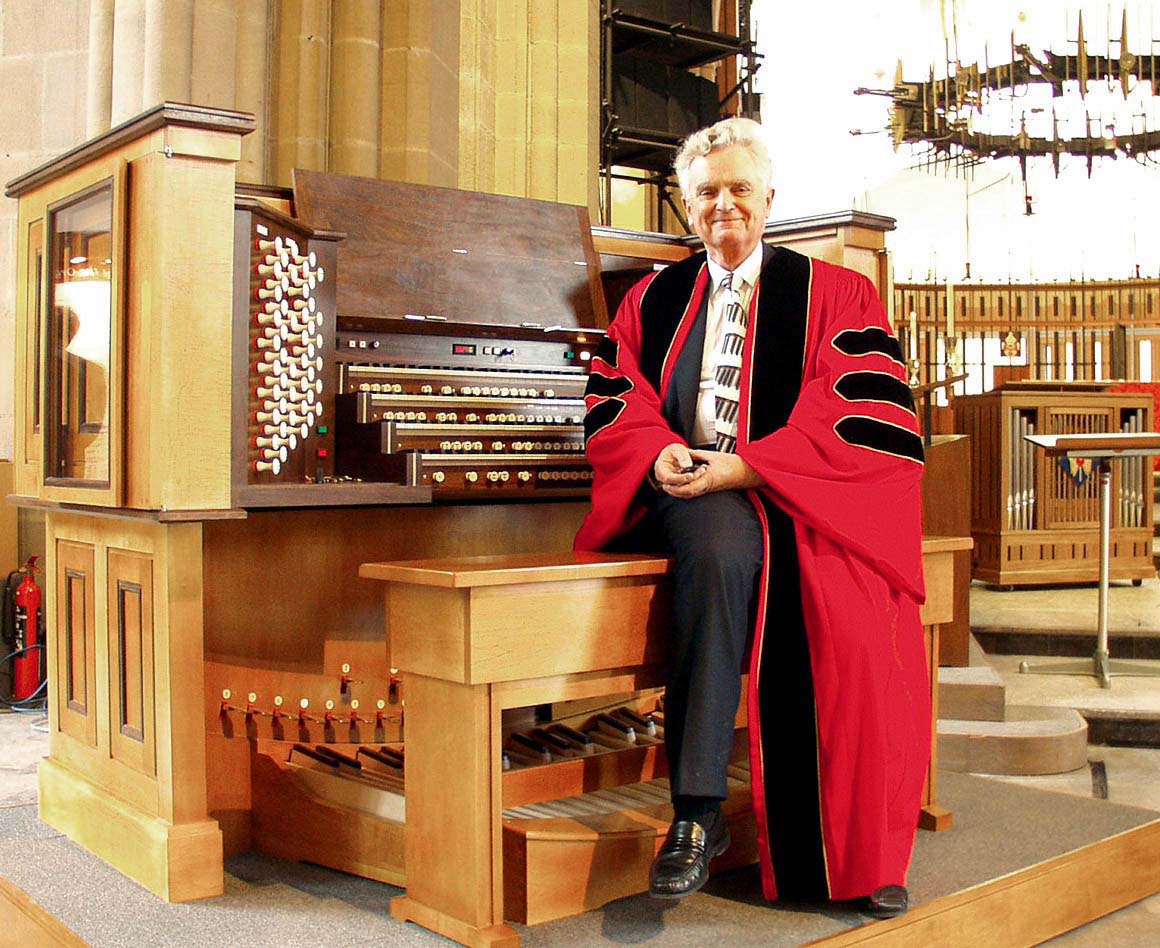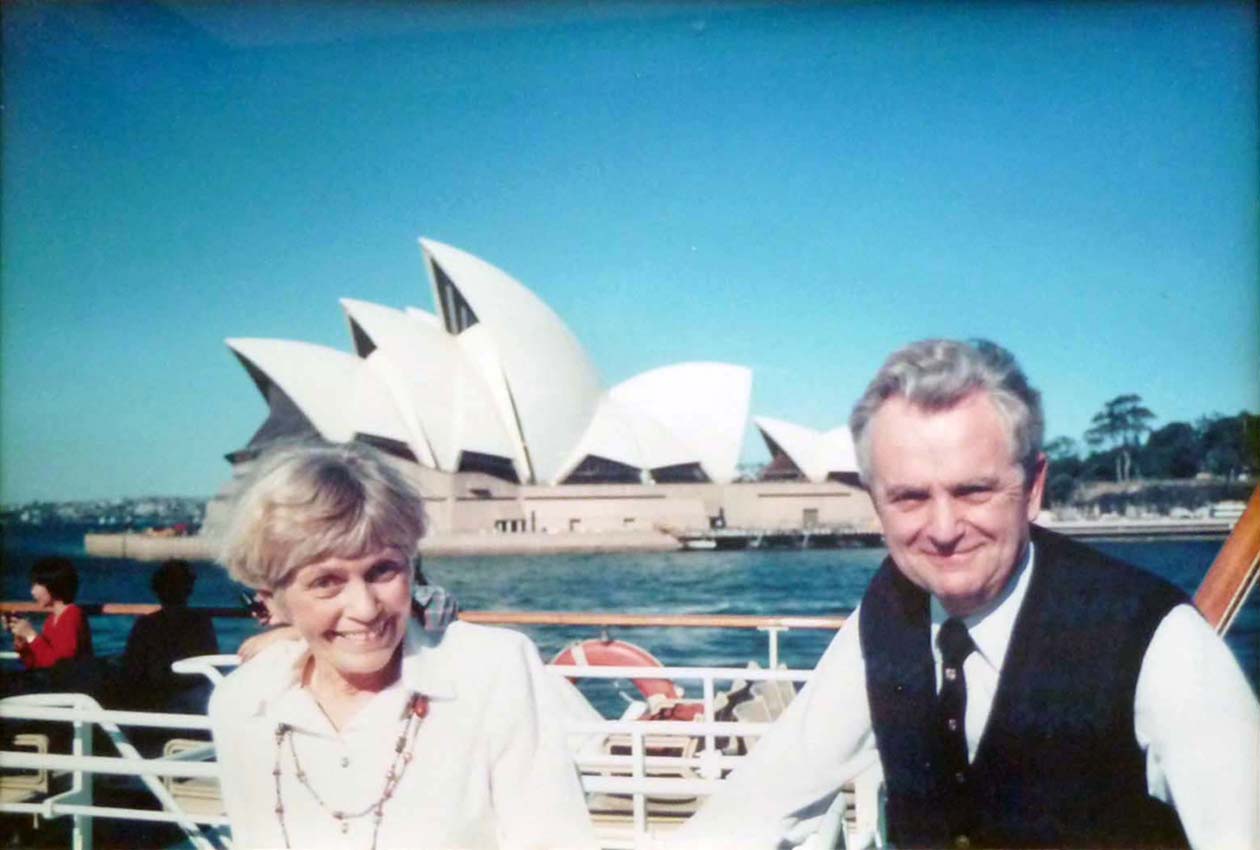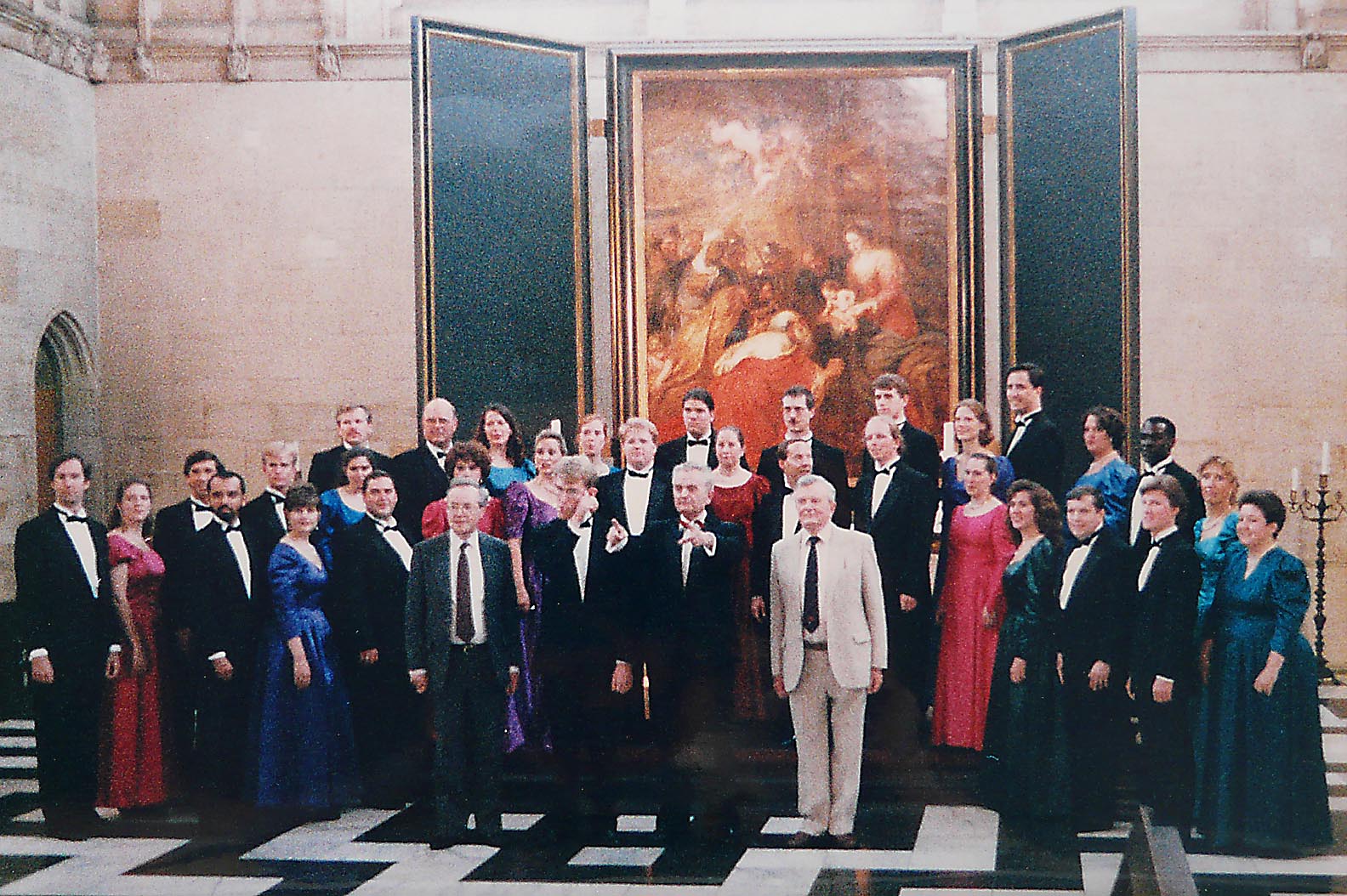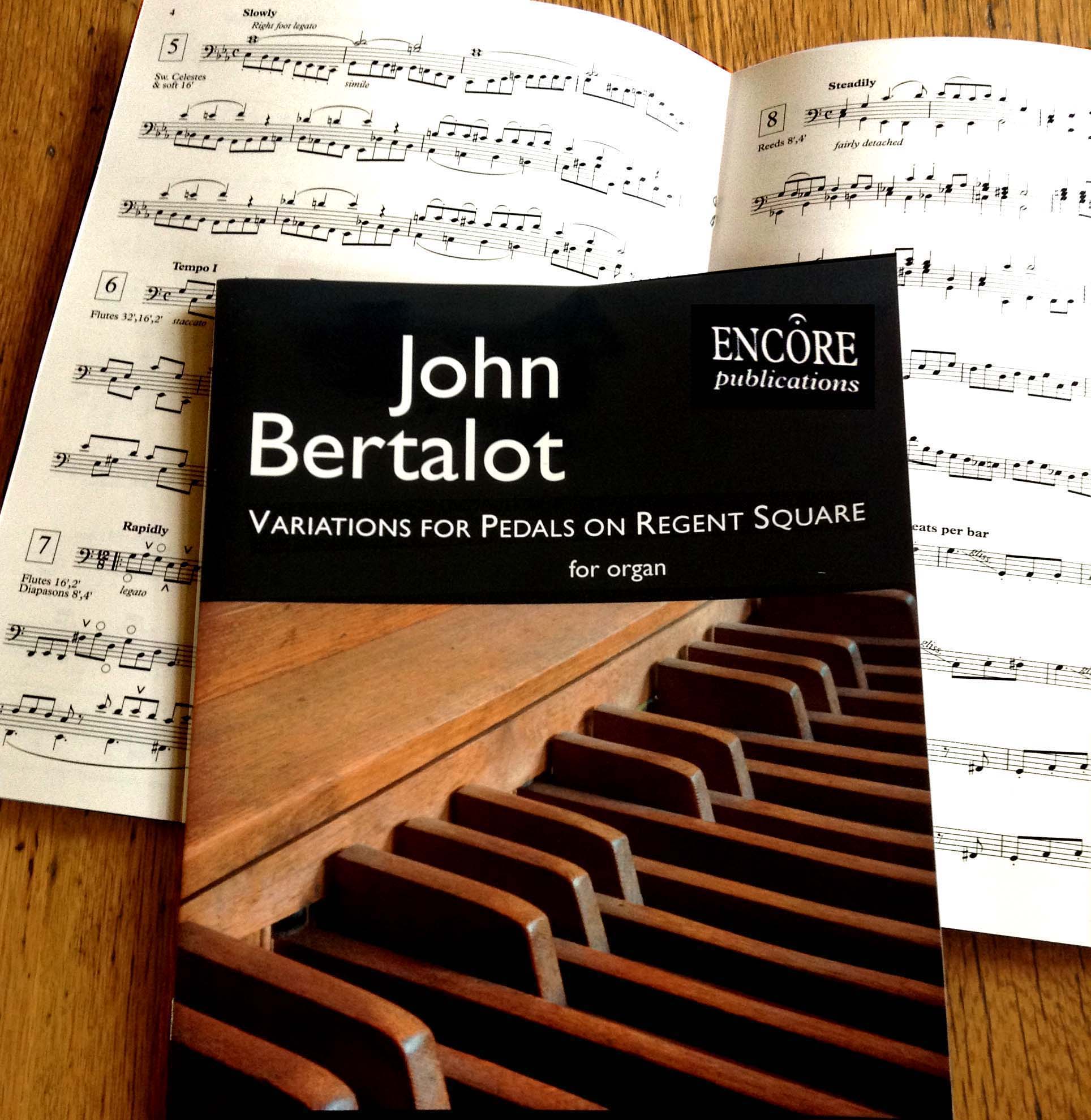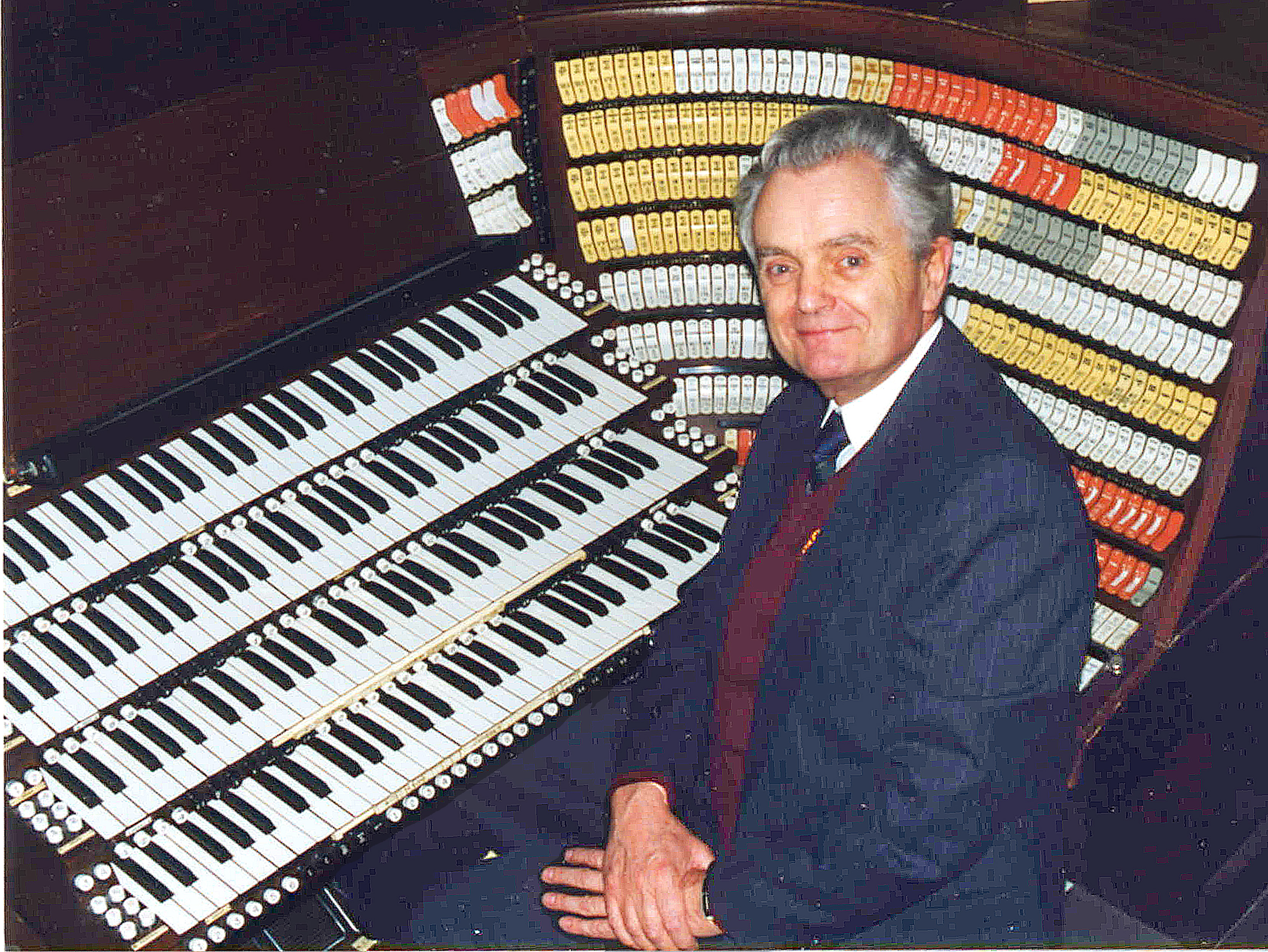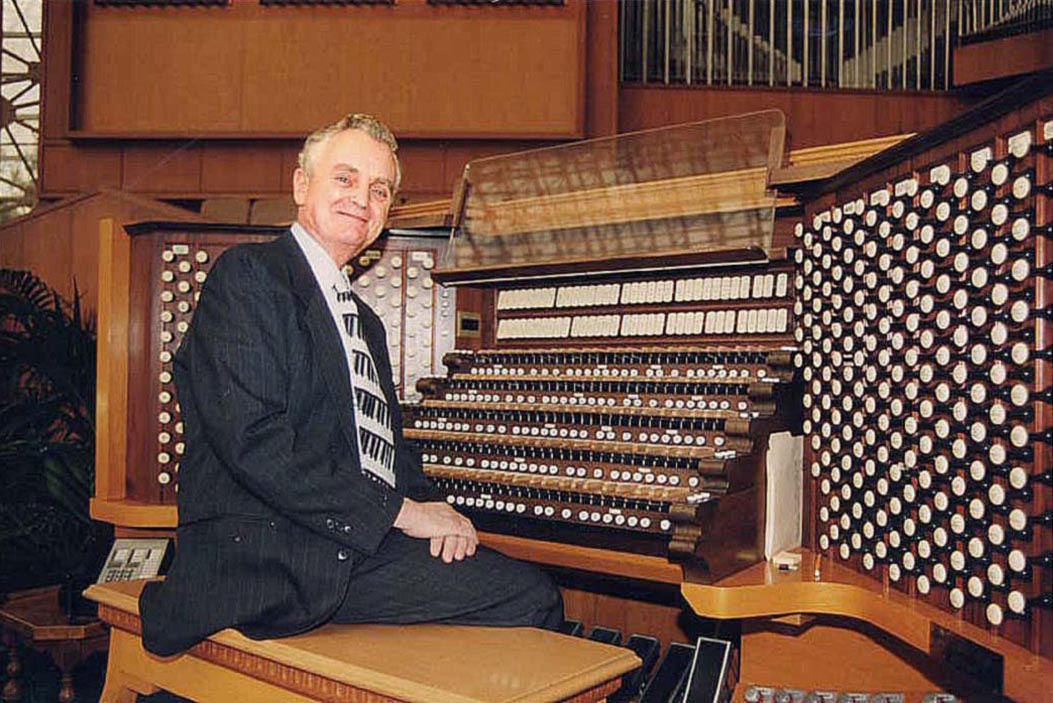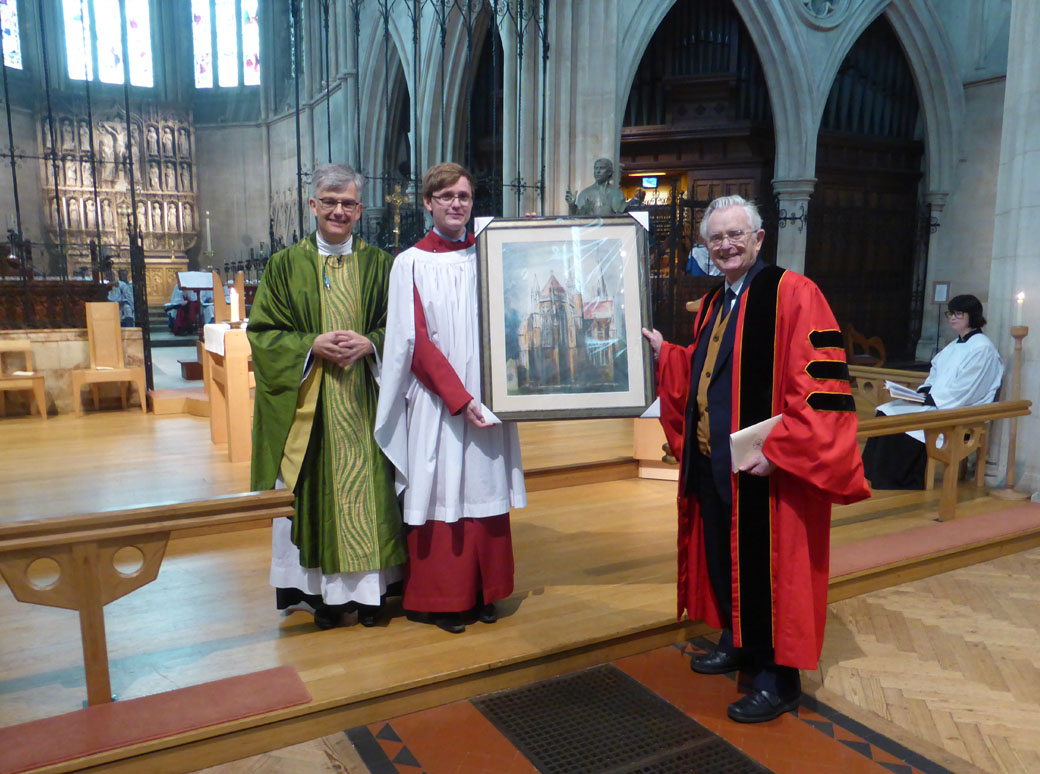How to transform your choir
and fill your stalls
with enthusiastic singers
11 Has your choir got RHYTHM?
by Dr John Bertalot
Organist Emeritus, St. Matthew's Church, Northampton
Cathedral Organist Emeritus, Blackburn Cathedral
Director of Music Emeritus, Trinity Episcopal Church, Princeton, NJ, USA
RHYTHM
When I have visited church choirs for the RSCM (to help them to sing even better) I've found that most of them need to cultivate a much livelier corporate sense of rhythm.
There are four reasons why singers tend to sing their entries late:
(i) because they don’t know the music well enough,
(ii) because the don’t sing the initial consonant before the beat,
(iii) because they don’t feel the essential rhythm of the organ or orchestral introduction before their first entry, and
(iv) because they don’t take a breath exactly one beat before they start singing.
This was very apparent when I visited a church choir recently. Their choirmaster played the introduction to Jesu, Joy which they were rehearsing, and when it came to the place where they should have started to sing, he had to wait for them to ‘wake up’.
I suggested that he should count the beats very precisely out loud whilst he played the introduction to Jesu, joy so that they could feel that the organ introduction belonged to them as much as their own choral sections.
One, 2, 3, Two, 2, 3, Three, 2, 3 . . . etc - to bar 7 (below)

Did they all come in together? No! So I asked the choir to count the bars and beats out loud themselves, and it was better. When they did it once more it was even better.
A major principal of choirtraining is that the choirmaster must always ask his or her choir to sing a passage a second time, and even a third time before it’s really right, for amateur singers never get something wholly right the first time.
If the choirmaster is satisfied with just their first attempt, their standard of singing will remain low.
However when the choirmaster insists that, ‘Not everyone did what I asked; let’s do it again,’ the singers will immediately begin to try harder. And that’s the secret of choirtraining: to encourage one’s singers to try harder – all the time.
It’s the same when we practise the piano or organ; we need to play a passage correctly at least three times before it begins to sink into our fingers.
The other factor in achieving really rhythmic singing is for all the singers to be made aware that really precise rhythm is as necessary as really accurate intonation. I know some professional conductors who don’t seem to realise that their singers are not feeling a compulsive sense of rhythm. The notes are sung pretty well in tune and more or less together so that the overall effect is generally OK, but their performance could be so much more exciting if the rhythm were 100%.
The former Dean of Ely, Michael Higgins, wrote an article in an edition of Cathedral Music in which he complained about the lack of the ‘thrill factor’ in some cathedral choirs.
‘… choirs fail to inspire, to send the proverbial shiver down the spine, to send the worshipper out walking on air.’
I suggest that it is the lack of really focussed rhythm by the singers which contributes to the lack of spine-tingling performances.
And so, what did I do to enable this church choir to sing more rhythmically (apart from encouraging them to feel the rhythm of the introduction and to breathe exactly one beat before they were due to sing)?
I got them to clap the rhythm of their music first, (and to do it twice more!) and then to speak the words in strict rhythm, whilst I tapped the pulse with a pencil on the choirstalls. (See my book (below), Teaching Adults to Sight Sing.) Here again they had to do it several times before everyone was ‘on board’.
By the way, when a choir is asked to speak the words of an anthem most of them seem to turn into second basses and mumble the words. No! Encourage them to speak out – to speak up and to realize what the words mean – to colour them so that the text comes alive.
Stainer’s God so loved the world would be spoken rhythmically, very clearly, like this:
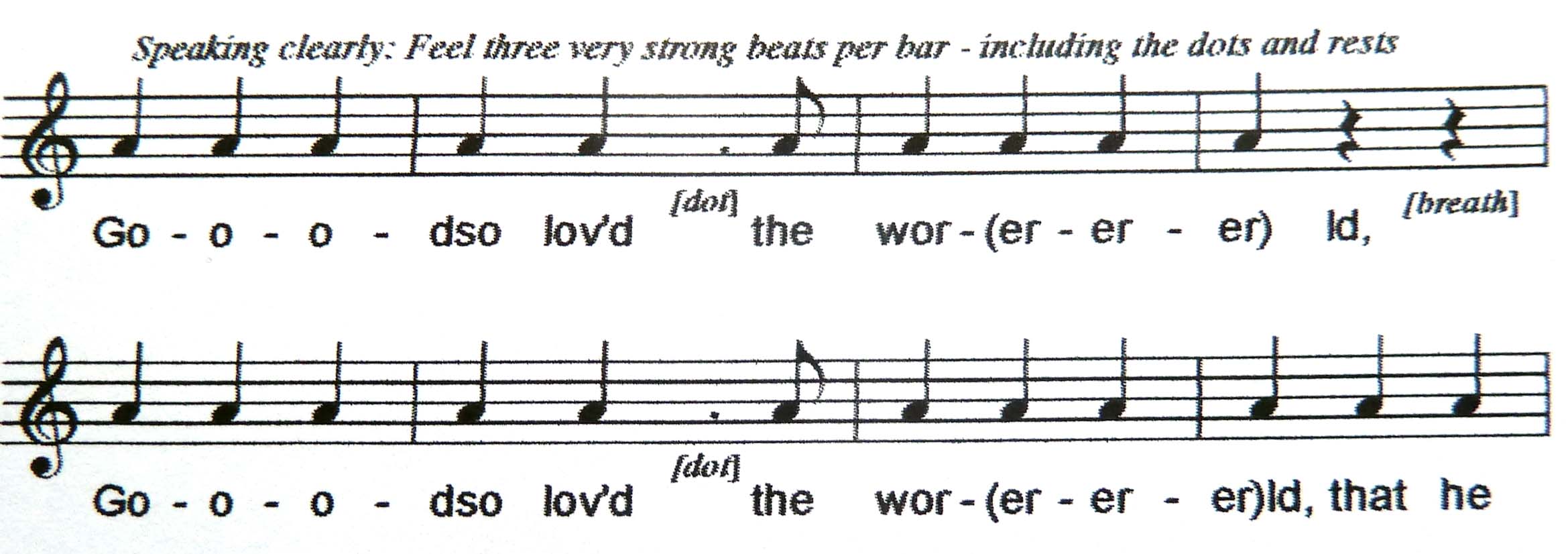
When they had spoken the words rhythmically three times they began to achieve what I asked for and, my goodness, the standard of their singing rose dramatically when they began to sing that passage! They felt the essential forward flow of the rhythmic pulse for the first time.
By the way, when I asked them on which beat should they come off if a note is four beats long, most of them said, ‘The fourth’. No. I had to explain that when measuring with a ruler it starts with zero; and the first inch finishes on number one.

But when we’re counting beats we start with the number one. A one-beat note therefore finishes at the start of two; a two-beat note finishes at the start of the third beat, and so on.
How did those singers feel about being drilled so meticulously? They said, “We really enjoyed it; can you come again next week?”
In other words, singers come to rehearsals in order to learn something and to sing even better this week than they did last week. It’s called progress. It’s called making-it-worthwhile-for-them-to turn-up-on-a-wet-Friday-night in order to learn something from you. It’s called, ‘My standards are higher than your standards, and this is how you can all can achieve them.’
It worked for me and it’ll work for you if you really believe in what you are doing!
© John Bertalot, Blackburn 2013
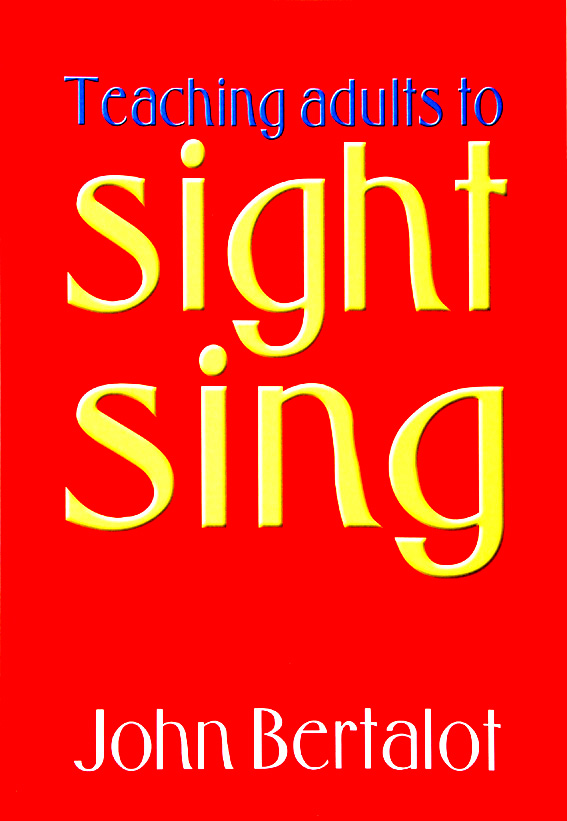
Available from Kevin Mayhew, Buxhall, Stowmarket, IP14 3BW
© John Bertalot, Blackburn 2013

